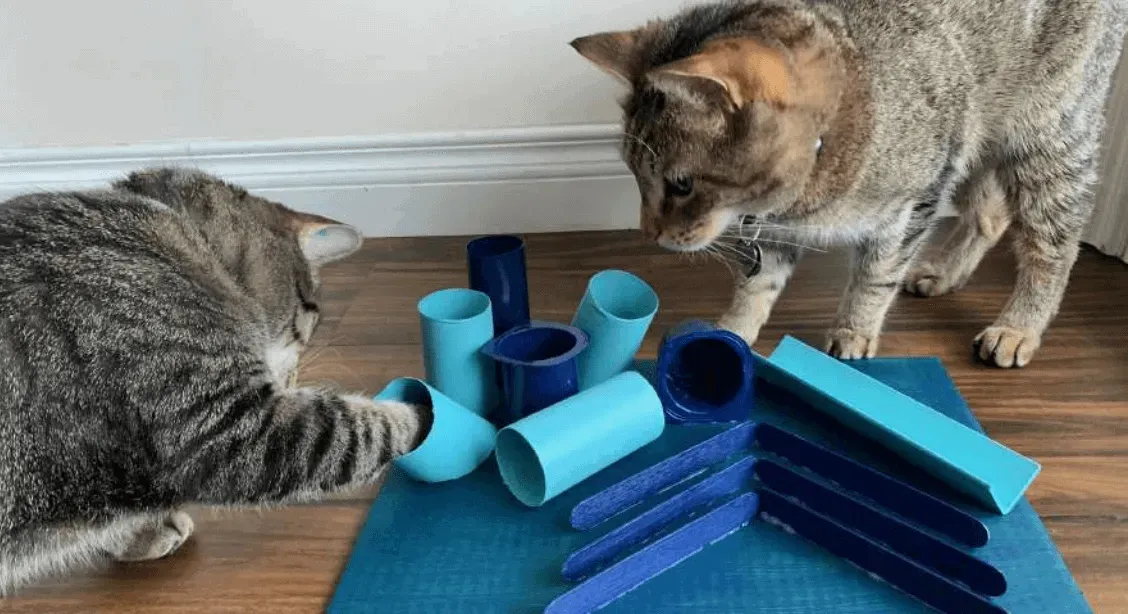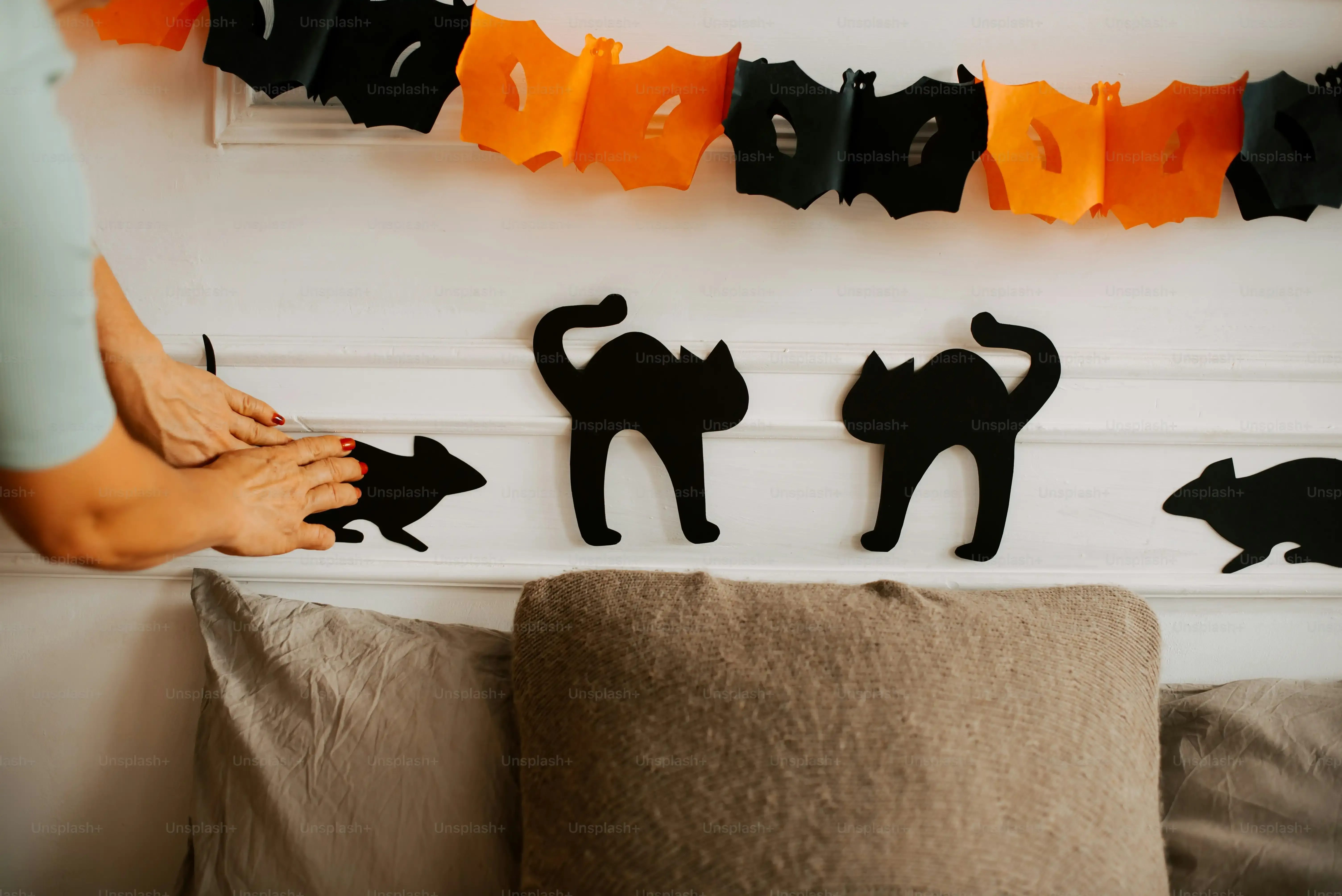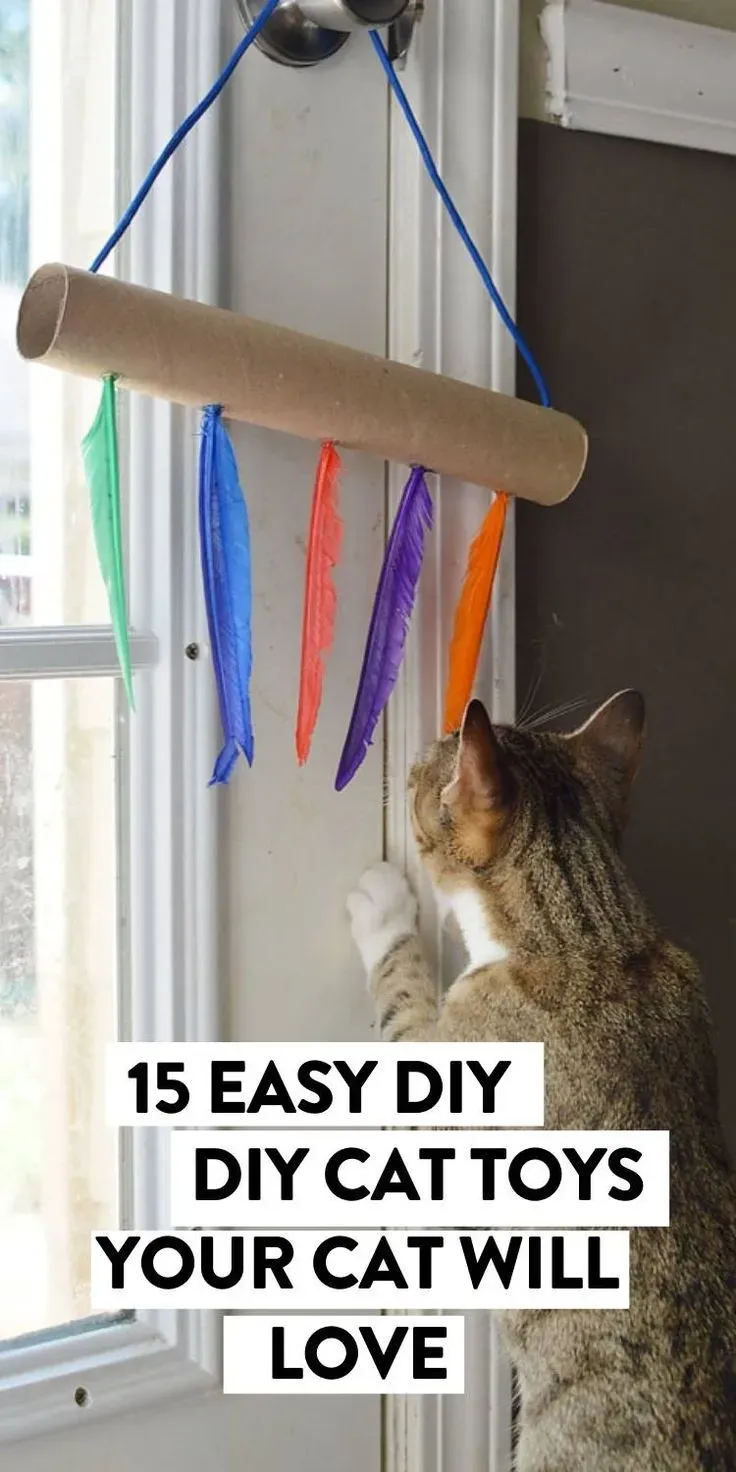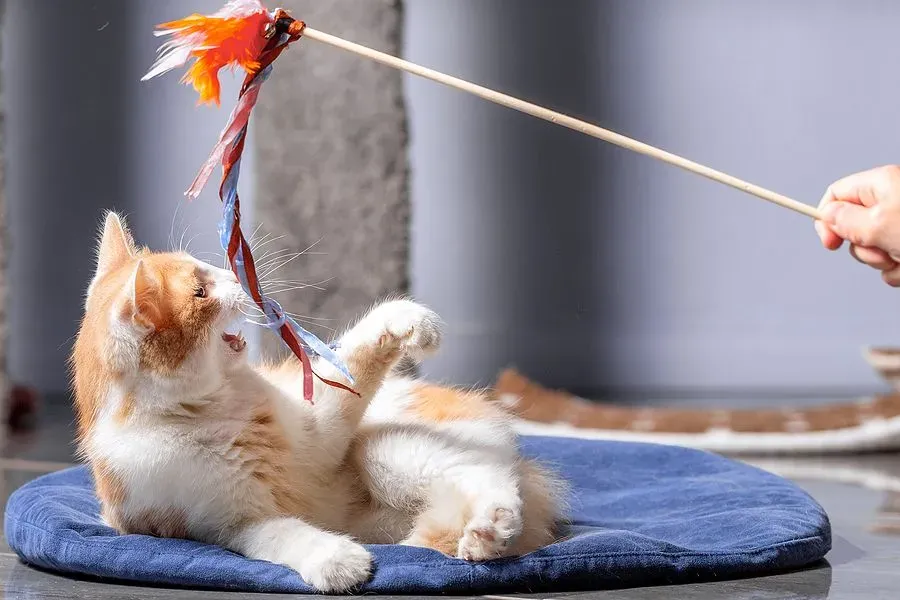Table of Contents
Let's be honest, you've shelled out good money for that fancy cat toy with the lights and the feathers, only for your feline friend to ignore it completely and play with the box it came in. Sound familiar? You're not alone. Cats are notoriously fickle creatures, and keeping them entertained without breaking the bank feels like a constant battle. But what if the solution wasn't another trip to the pet store? What if you could create something your cat actually *loves* using stuff you already have? That's where the magic of cool homemade cat toys comes in.
Why Bother with Cool Homemade Cat Toys?

Why Bother with Cool Homemade Cat Toys?
So, you're wondering why anyone would bother making cool homemade cat toys when the pet store shelves are overflowing? Fair question. But honestly, it's a game-changer. First off, your wallet will thank you. Those cute little mice and crinkle balls add up fast, especially when they inevitably disappear under the fridge or get shredded in five minutes. Making toys yourself means you're using materials you likely already have lying around – think cardboard tubes, old socks, bottle caps. Beyond the cost savings, there's a real satisfaction in creating something that genuinely engages your cat, something tailored to their specific quirks and preferences. Plus, it’s a fantastic way to reduce waste by repurposing items instead of tossing them.
Simple DIY Projects: Easy Cool Homemade Cat Toys

Simple DIY Projects: Easy Cool Homemade Cat Toys
Cardboard Chaos and Sock Stuffies
Alright, let's start with the absolute basics for cool homemade cat toys. We're talking about things you can whip up in five minutes with zero crafting skills. Got a cardboard paper towel or toilet paper tube? Great. Just pinch the ends shut. Seriously, that's it. Cats go nuts for these things, batting them around and sometimes even trying to carry them off. It's the simple things, right? Another winner is the humble sock. Find an old one, maybe one that lost its mate in the laundry abyss. Stuff it with a bit of crumpled paper, some old fabric scraps, or even a handful of dry beans (just make sure it's sealed tight!). Tie off the end, and boom – instant catnip-free fun. You can even add a little catnip inside if you want to really amp up the excitement, but plenty of cats are perfectly happy with just the texture and movement.
Feather Wands and Crinkle Creations
Ready to get slightly more ambitious with your cool homemade cat toys? Still easy, I promise. Grab a dowel rod, a sturdy stick, or even just an old wooden spoon. Tie a string or ribbon to one end. Now, attach something enticing to the other end of the string. Think feathers from an old craft project, a piece of fabric, or even a wine cork. This creates a DIY wand toy that lets you actively play with your cat, mimicking prey movements. Another easy win is the crinkle toy. Take a plastic bread bag or a piece of crinkly packaging (like from a cereal box liner). Stuff it inside a fabric pouch or an old sock and sew or tie it shut. That crinkly sound drives many cats wild, tapping into their hunting instincts. These simple cool homemade cat toys prove you don't need fancy materials to provide stimulating play.
- Cardboard Tubes: Pinch ends shut. Zero effort, high reward.
- Sock Toys: Stuff with paper, fabric, or beans. Tie it off.
- Wand Toys: Stick + string + enticing object (feathers, fabric).
- Crinkle Toys: Crinkly plastic inside a fabric cover.
Taking it Up a Notch: More Cool Homemade Cat Toys Ideas

Taking it Up a Notch: More Cool Homemade Cat Toys Ideas
so you've mastered the cardboard tube and the sock knot. Feeling a bit more adventurous? Let's talk about some cool homemade cat toys that take a little more effort but offer even more mental and physical stimulation. Think beyond just batting things around. You can create simple puzzle feeders out of old plastic containers or cardboard boxes, cutting holes just big enough for treats or kibble to fall out when your cat works at it. This taps into their natural foraging behavior and slows down gobblers. Felt is also your friend here; it's easy to cut and sew (or even just glue with pet-safe glue) into little mice, fish shapes, or even intricate catnip-filled creations. You can add bells (securely inside!), ribbons, or different textures to make them extra appealing. These aren't store-bought perfection, sure, but they have character, and more importantly, they challenge your cat in new ways.
What kind of hunting challenge does your cat seem to enjoy most?
Safety First: Making Your Cool Homemade Cat Toys Safe

Safety First: Making Your Cool Homemade Cat Toys Safe
Watch Out for Tiny Trouble
so you're getting creative making cool homemade cat toys. That's awesome. But before you unleash your masterpiece, you absolutely have to think safety. The biggest hazard? Small parts. Buttons, beads, googly eyes, tiny bells – anything that can easily break off or be chewed loose is a no-go. Cats, especially kittens, are like furry little vacuum cleaners. If it's small enough to swallow, they might just try. Swallowing foreign objects can lead to serious blockages and expensive vet bills. Think about how you're attaching things. Glue needs to be non-toxic and applied sparingly, preferably where the cat can't chew it. Sewing is often better, but make sure threads are secure and not dangling where they can be ingested. A simple rule of thumb: if you wouldn't let a toddler play with it unsupervised, maybe rethink it for your cat.
Picking the Right Stuff
Not all materials are created equal when you're crafting cool homemade cat toys. Avoid anything toxic. This includes certain paints, glues, or even some fabrics treated with chemicals. Natural materials are often the safest bet. Cardboard is generally fine, but watch for cats who *eat* the cardboard rather than just chew it. Wool felt is great, but again, ensure it's not shedding fibers they can ingest easily. Be careful with strings, ribbons, and yarn – while tempting for play, if swallowed, they can cause linear foreign bodies in the digestive tract, which is incredibly dangerous. If you use string, make sure it's thick and attached securely, or better yet, only use string toys when you can actively supervise play and put them away afterward.
- Avoid small, detachable parts (buttons, beads, small bells).
- Use non-toxic glues and paints sparingly.
- Securely sew components rather than relying solely on glue.
- Be cautious with strings, ribbons, and yarn; use under supervision only.
- Prefer natural, untreated materials where possible.
Supervise and Inspect Regularly
Even the most carefully crafted cool homemade cat toys aren't indestructible. Your cat's enthusiasm can lead to wear and tear pretty quickly. That's why supervision during playtime is key, especially with new toys or ones involving string. Keep an eye on how they interact with the toy. Are they trying to chew off pieces? Are threads coming loose? After playtime, or at least every few days, give the toys a once-over. Look for signs of damage: ripped seams, loose stuffing, frayed edges, or anything that looks like it's about to come apart. If a toy is starting to look worse for wear, it's time to repair it or, frankly, toss it. A few minutes of inspection can save you a lot of worry (and potentially a trip to the emergency vet). Keeping your cool homemade cat toys safe is just as important as making them fun.
Beyond the Toy: How to Engage Your Cat

Beyond the Toy: How to Engage Your Cat
so you've crafted some truly cool homemade cat toys, they're safe, and your cat seems interested. But simply leaving a pile of toys on the floor isn't always enough. Just like us, cats need variety and interaction. Think about their natural environment – they're hunters, explorers, creatures of routine but also seekers of novelty. Engaging your cat goes beyond passive play. It involves setting aside dedicated time for interactive sessions with wand toys (those DIY ones work great!), creating vertical space with cat trees or shelves, and even rotating toys so they don't get bored with the same old things. Sometimes, the best "toy" is simply your willingness to dangle a string or flick a bottle cap across the floor.
What does your cat seem to respond to most? Movement? Sound? Something they can chase?
More Than Just a Toy
So there you have it. Crafting cool homemade cat toys isn't just about saving a few bucks, though that's a nice perk. It's about understanding what actually motivates your cat – simple things, often things you'd consider trash. It’s about ditching the consumerist merry-go-round of buying plastic things they'll ignore and tapping into their primal need to chase, pounce, and shred. You might make a masterpiece they adore, or you might make something they glance at and walk away. That's cats for you. But the process itself, the low stakes, the potential for a genuine hit – that’s worth the minimal effort. Give it a shot. Worst case, you’ve got some extra cardboard or fabric scraps lying around. Best case? You've just created your cat's new favorite obsession.